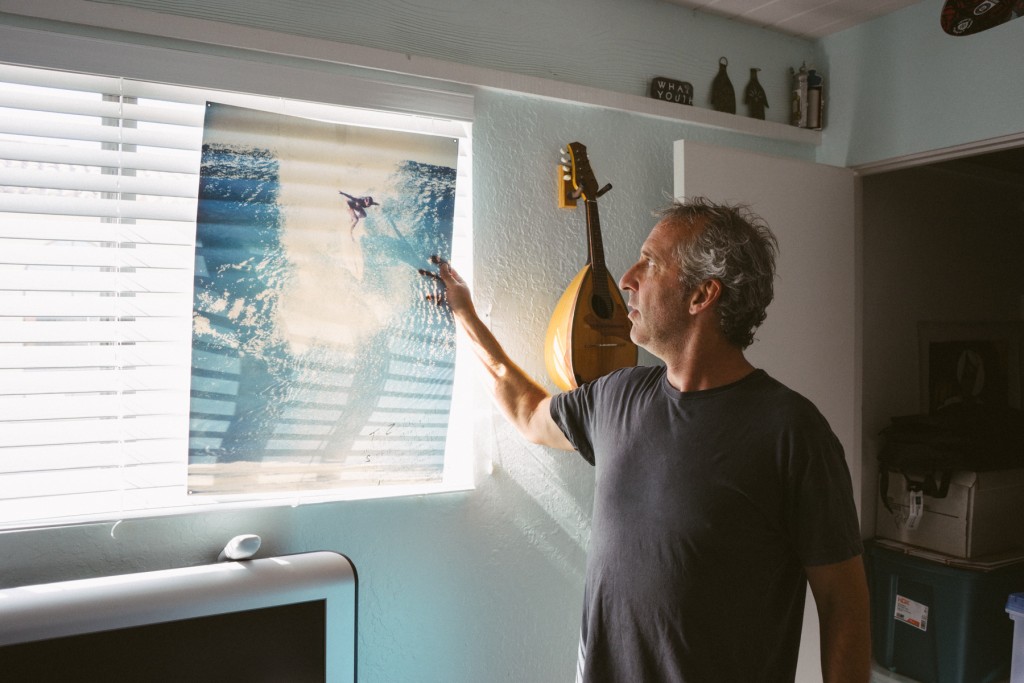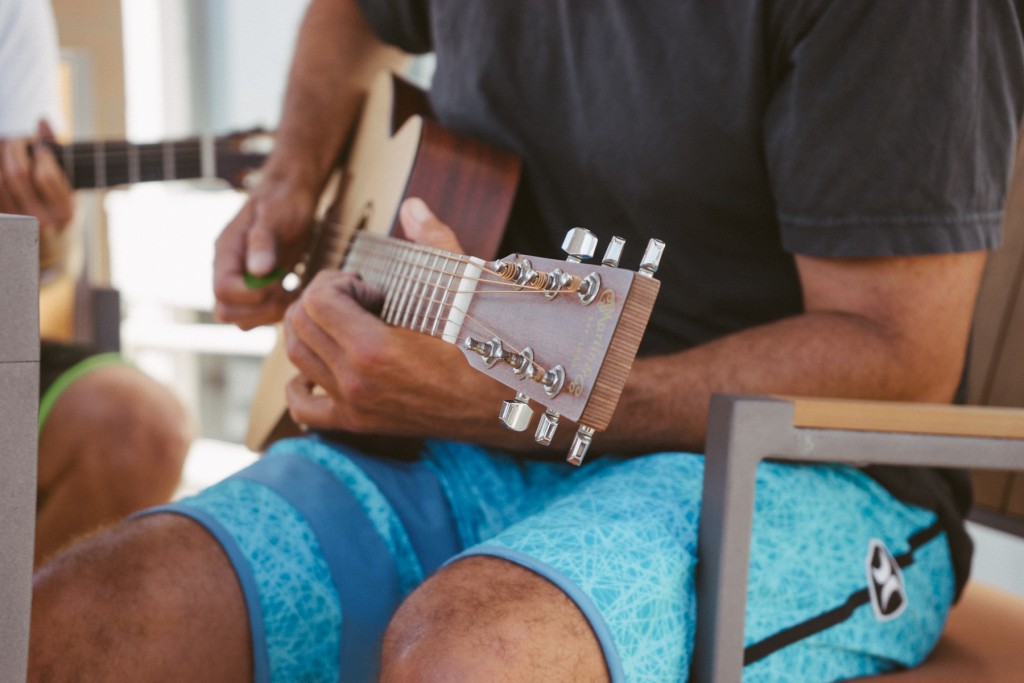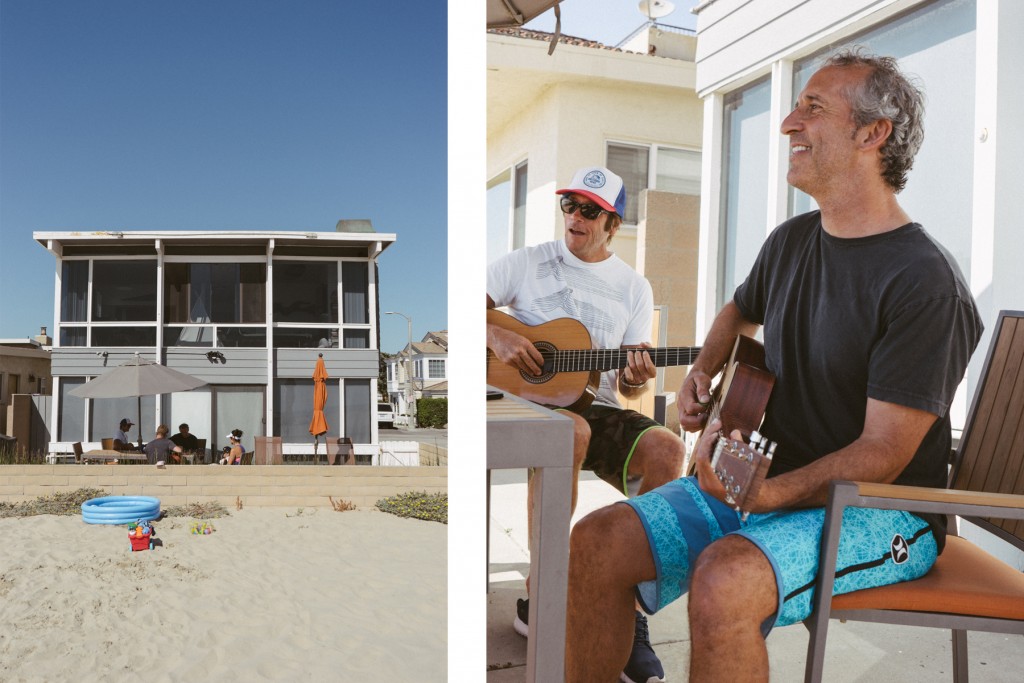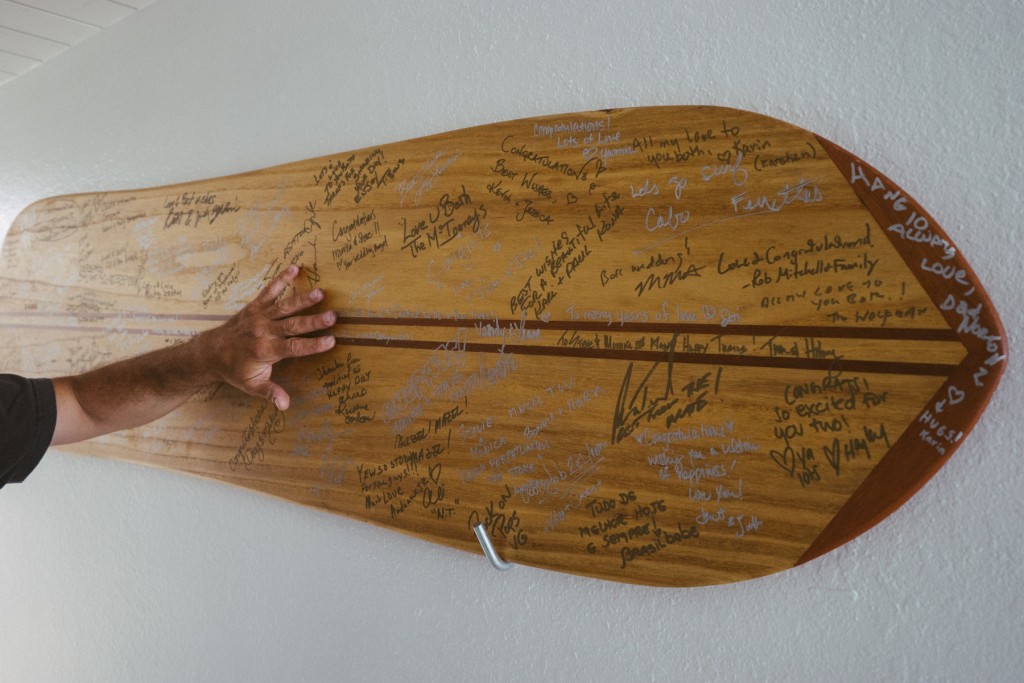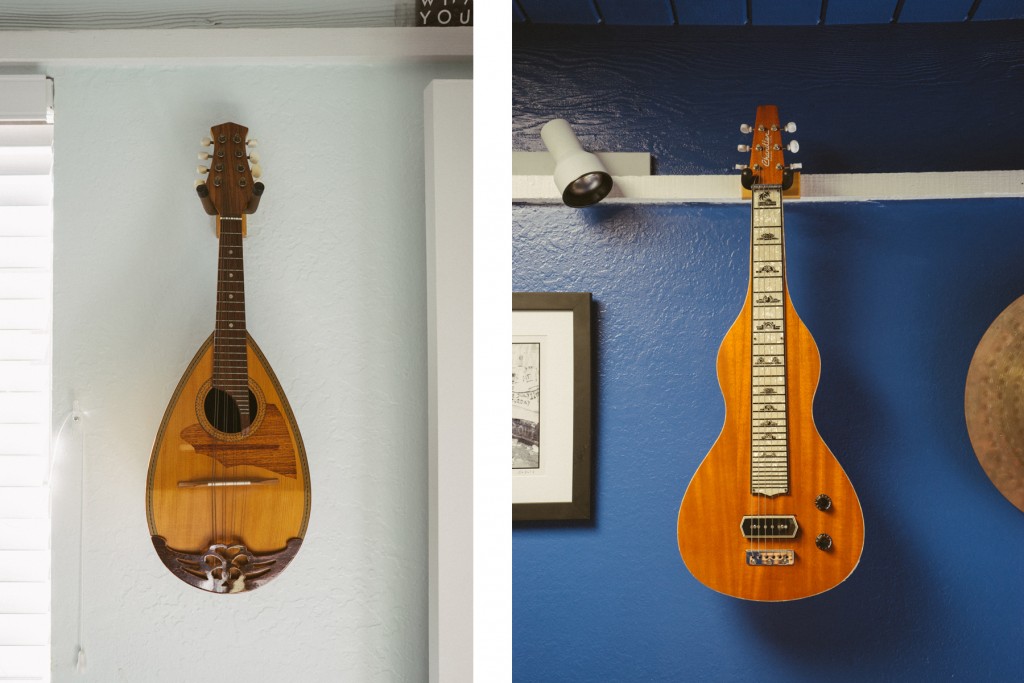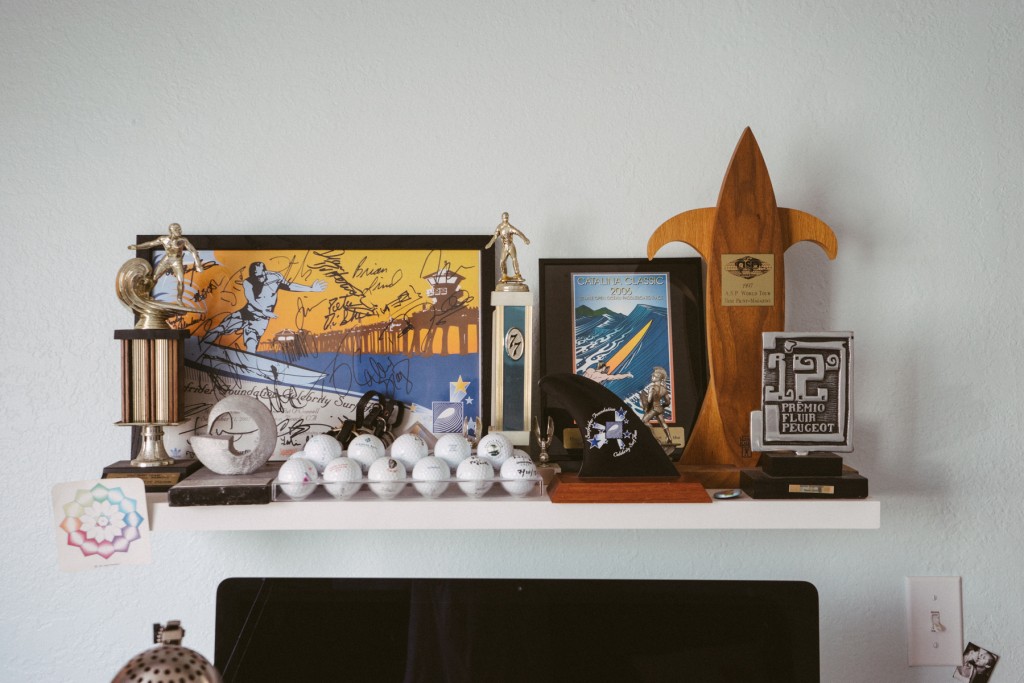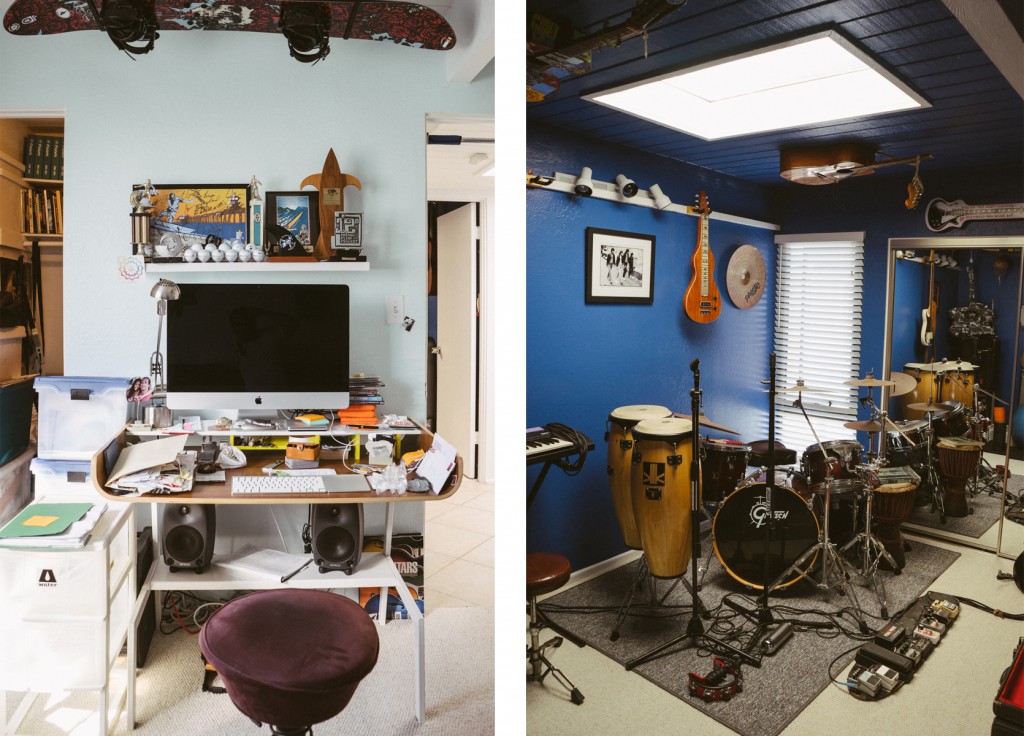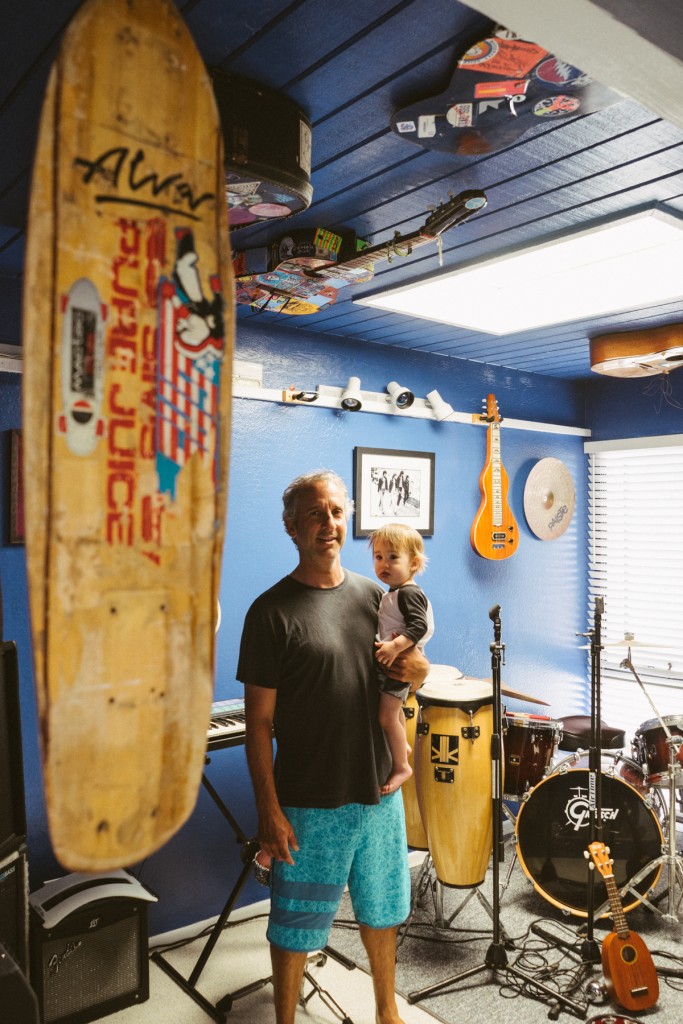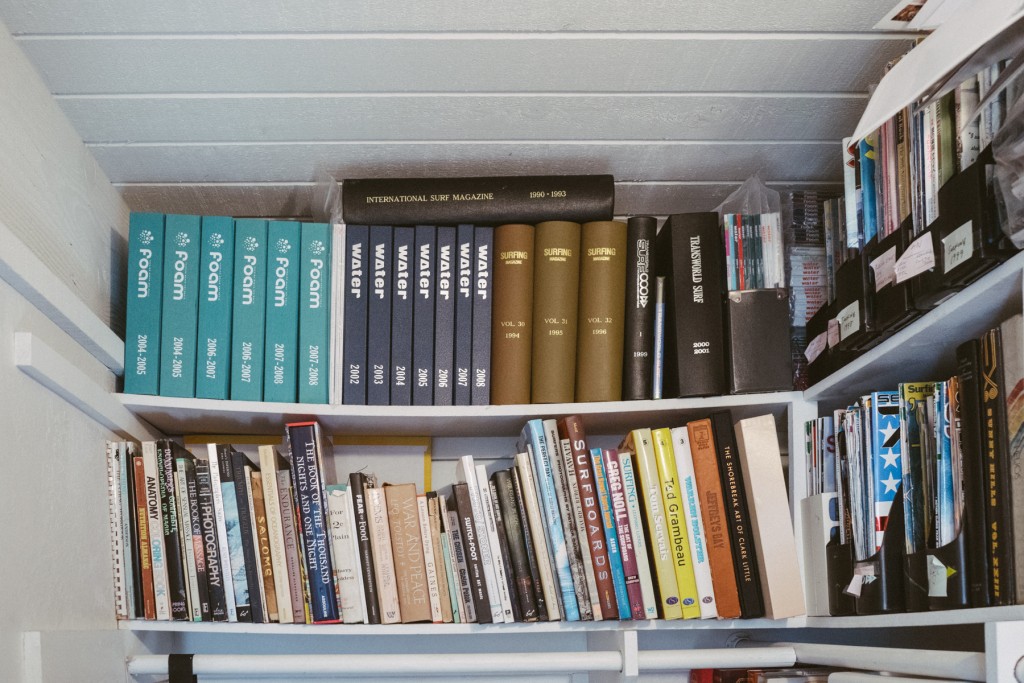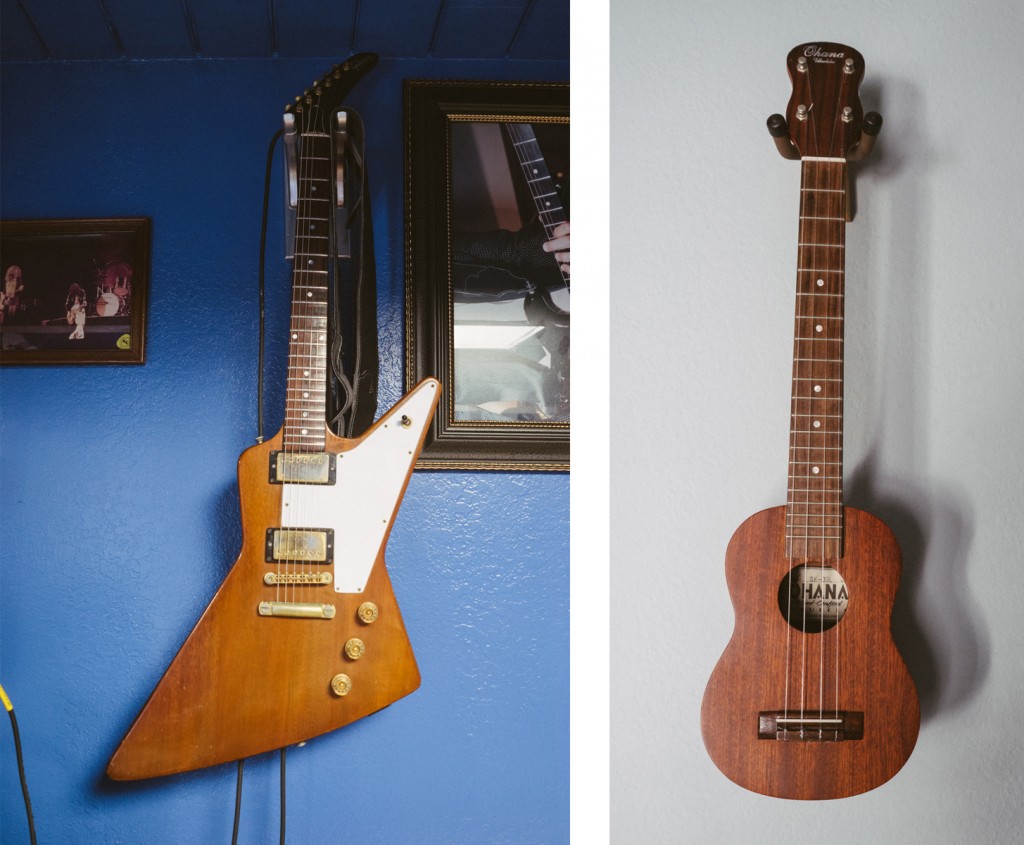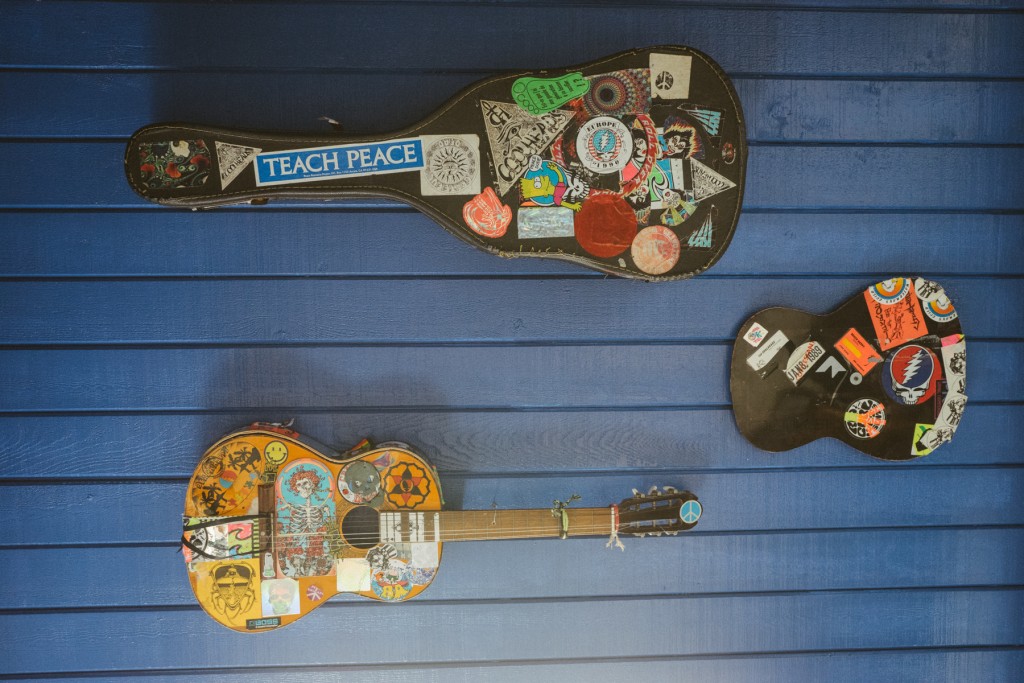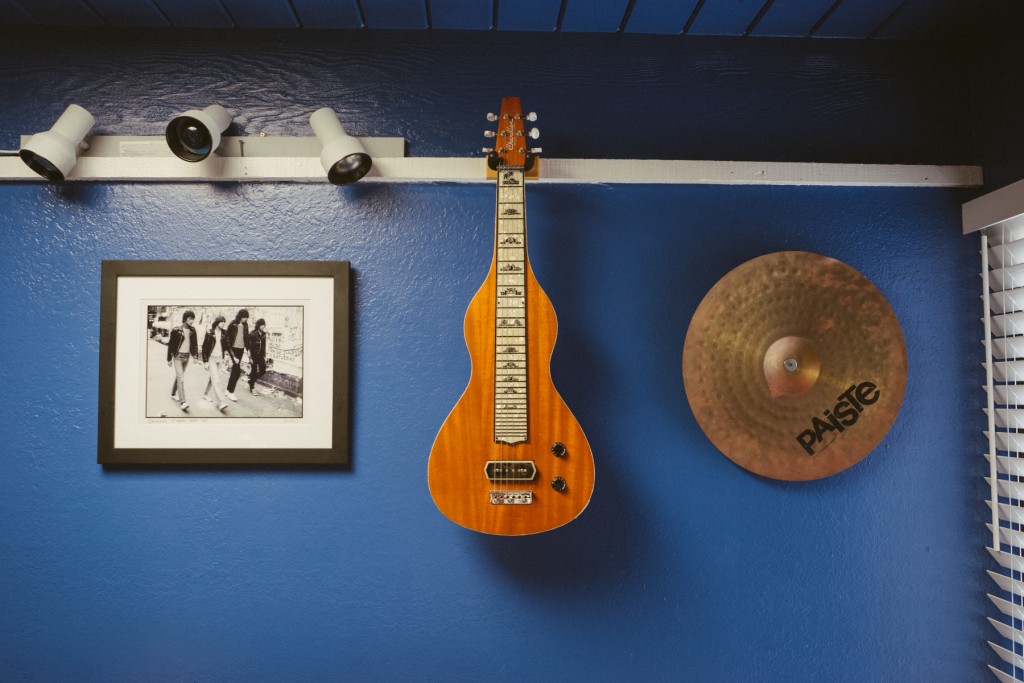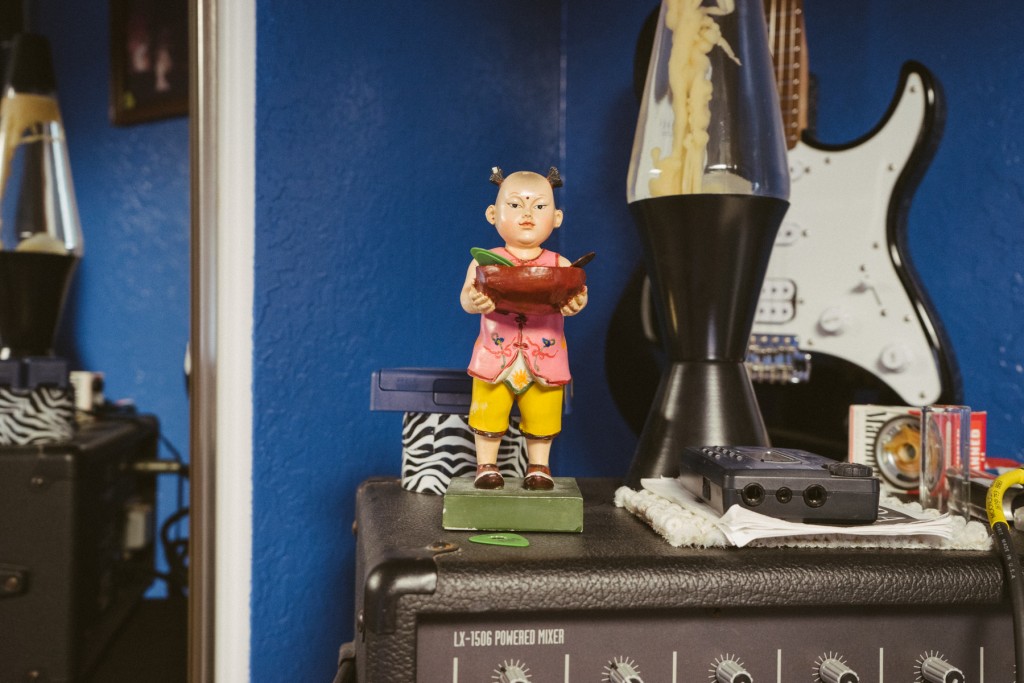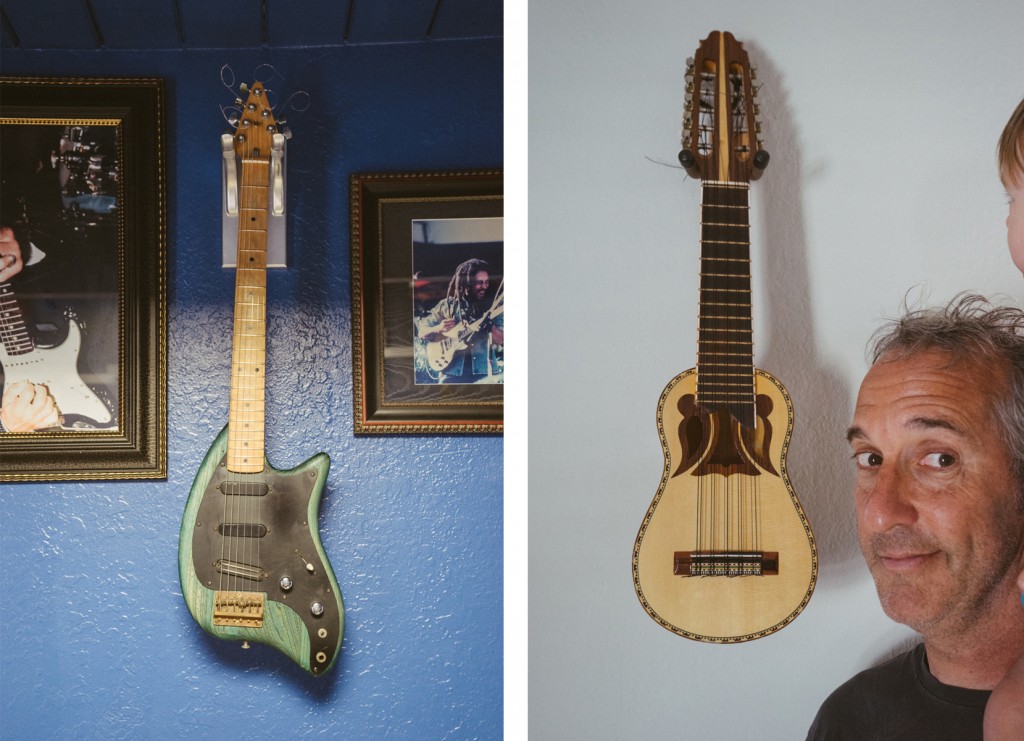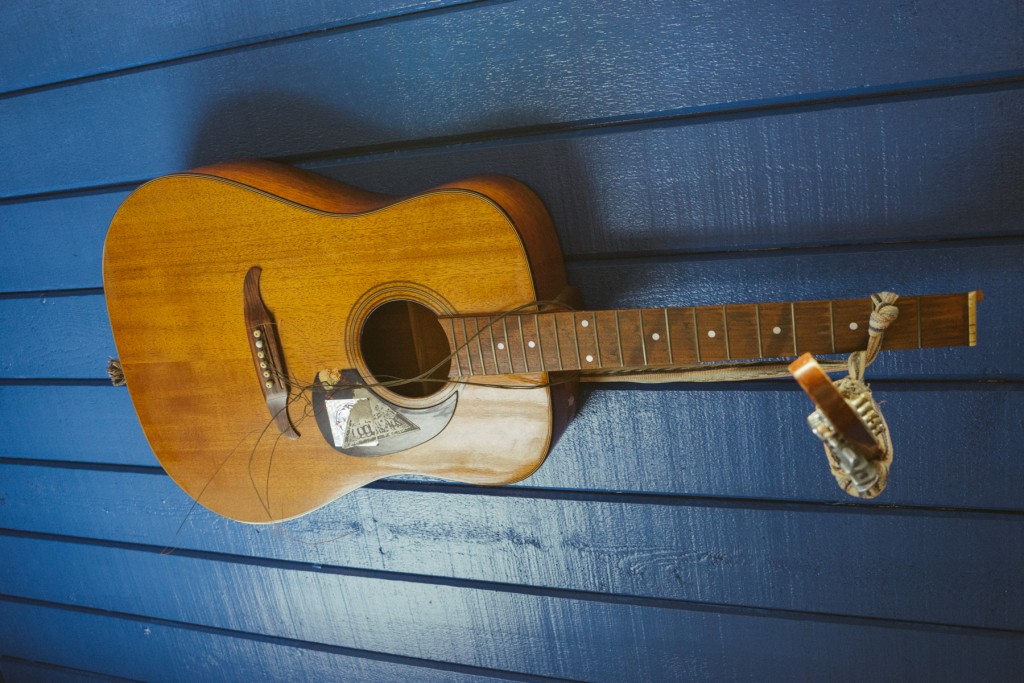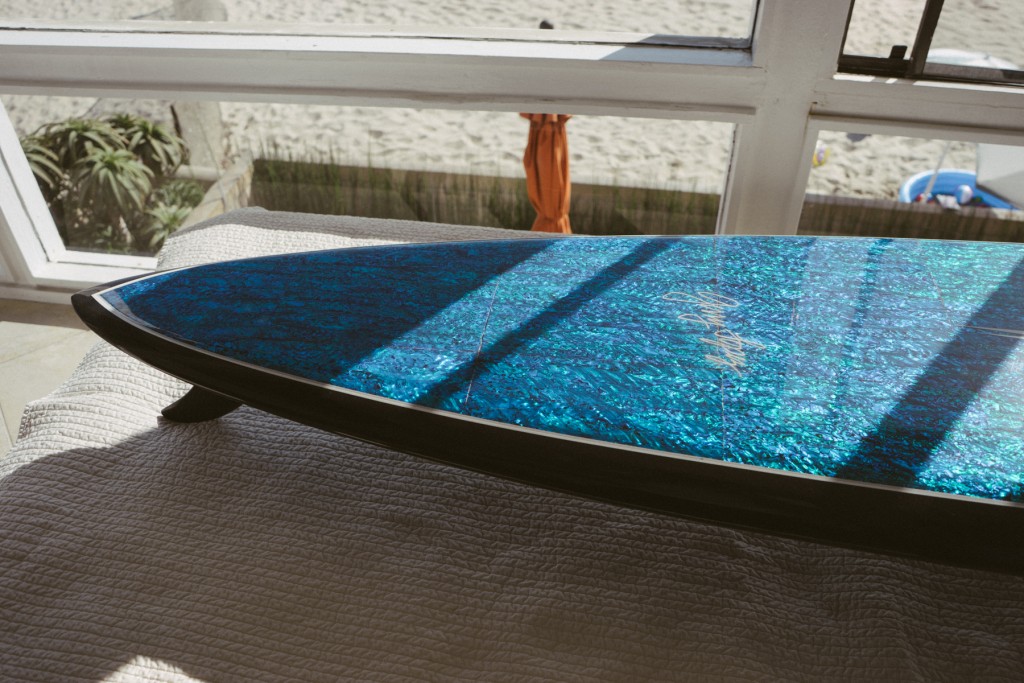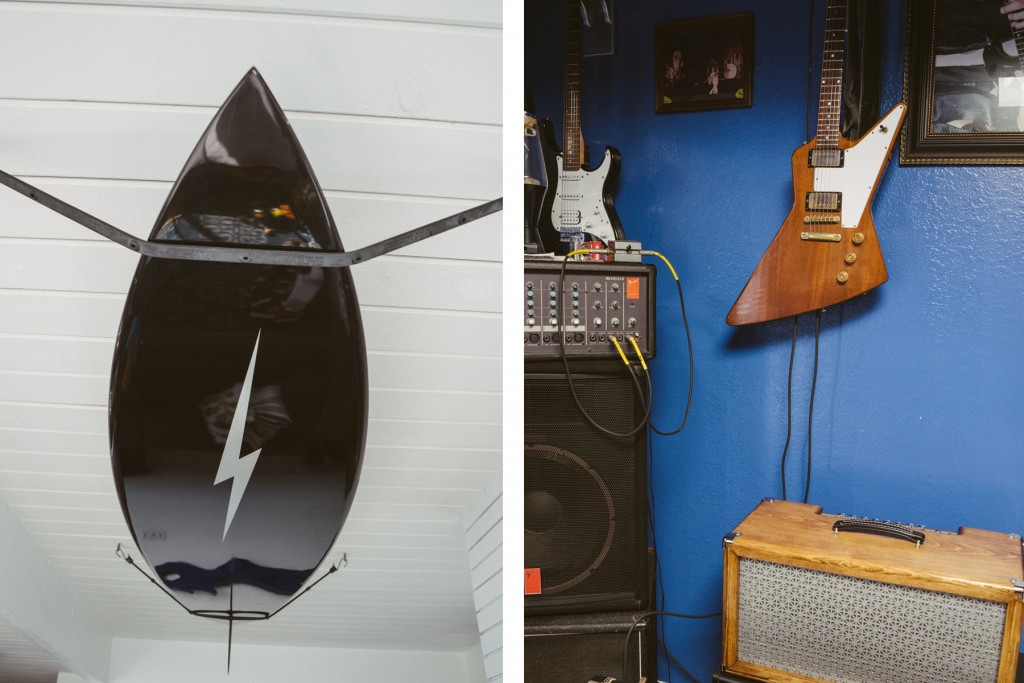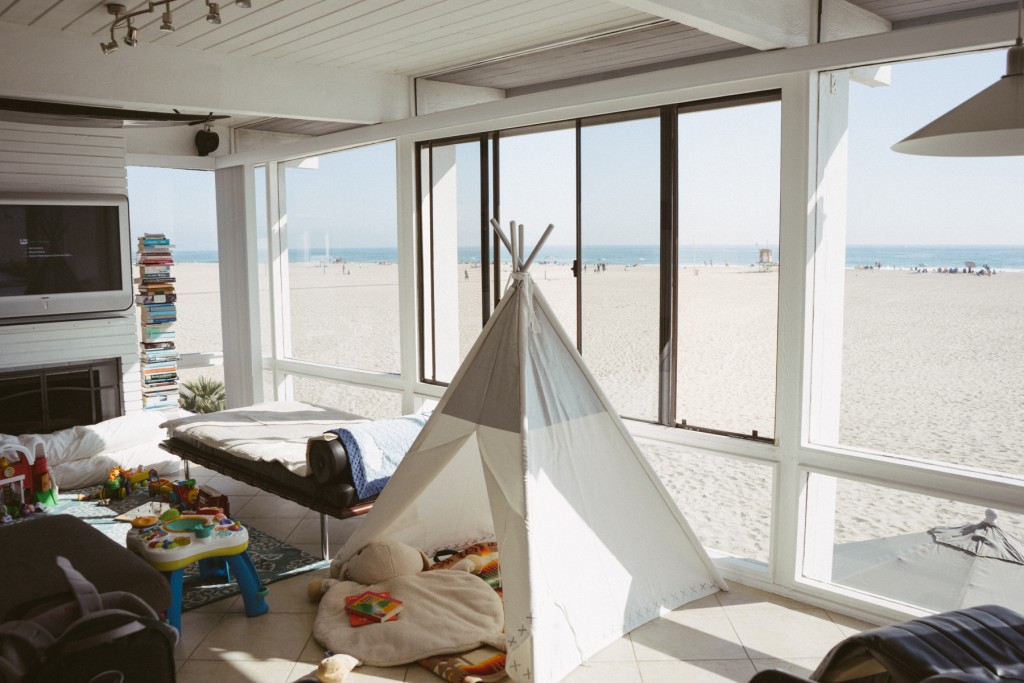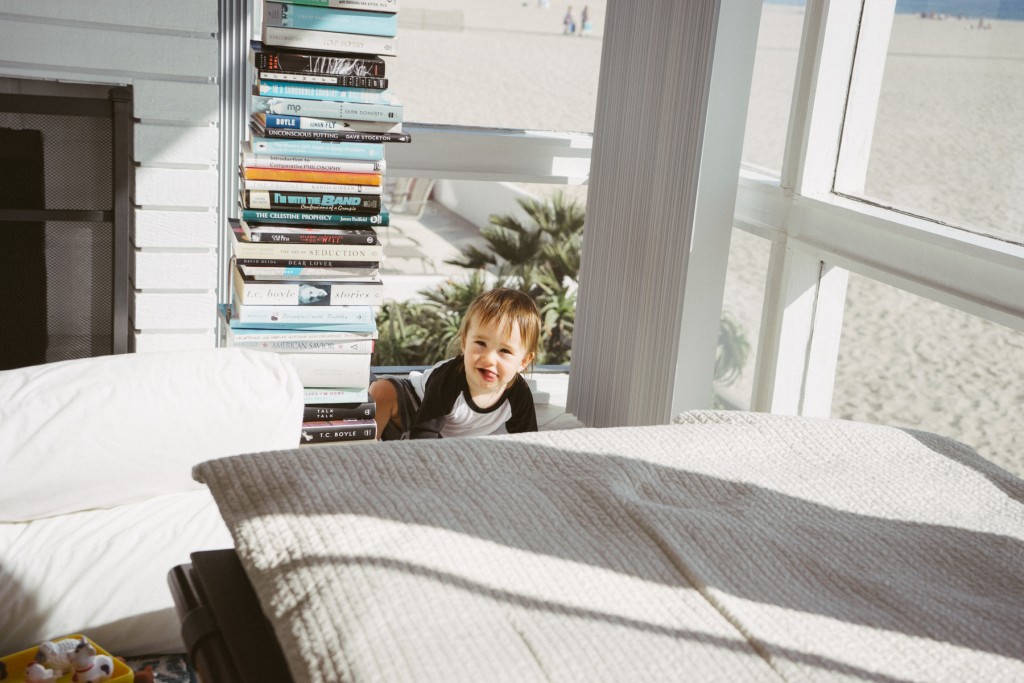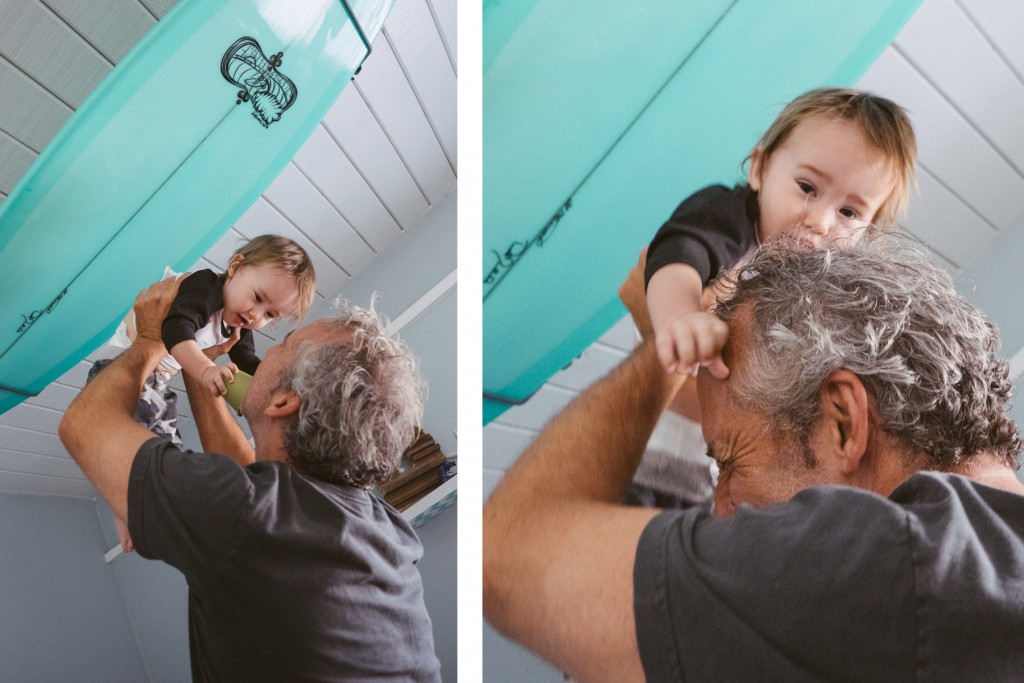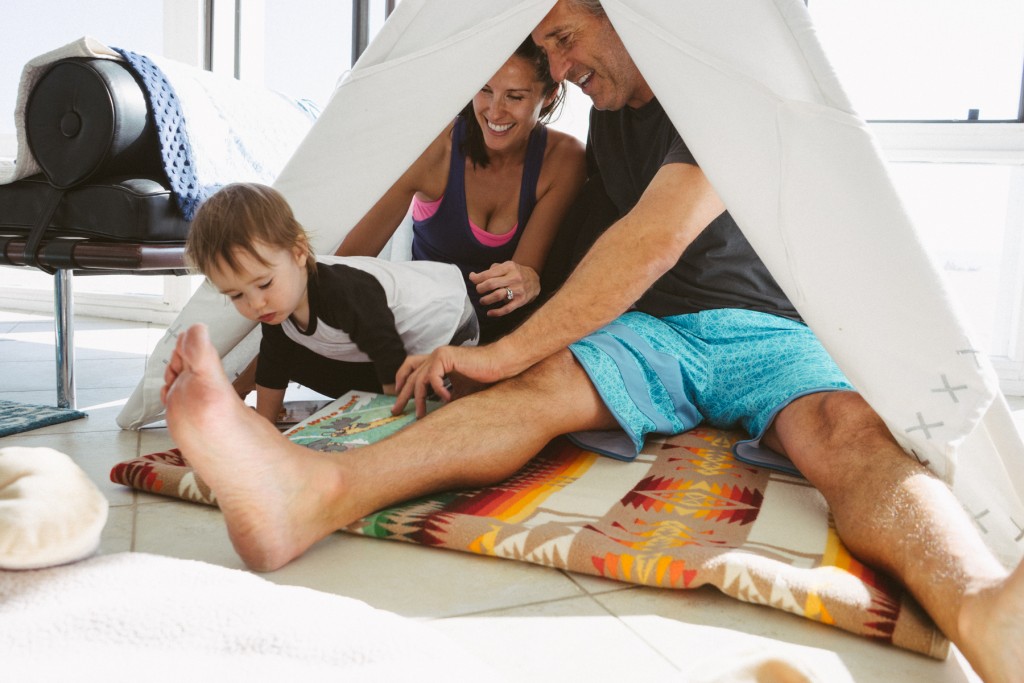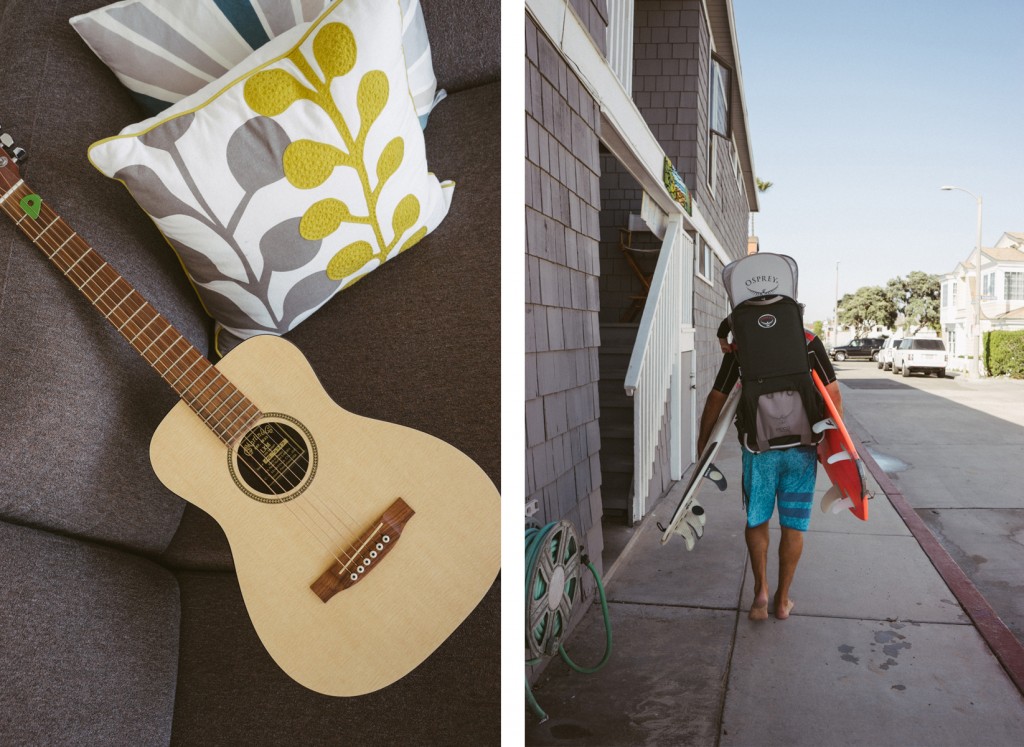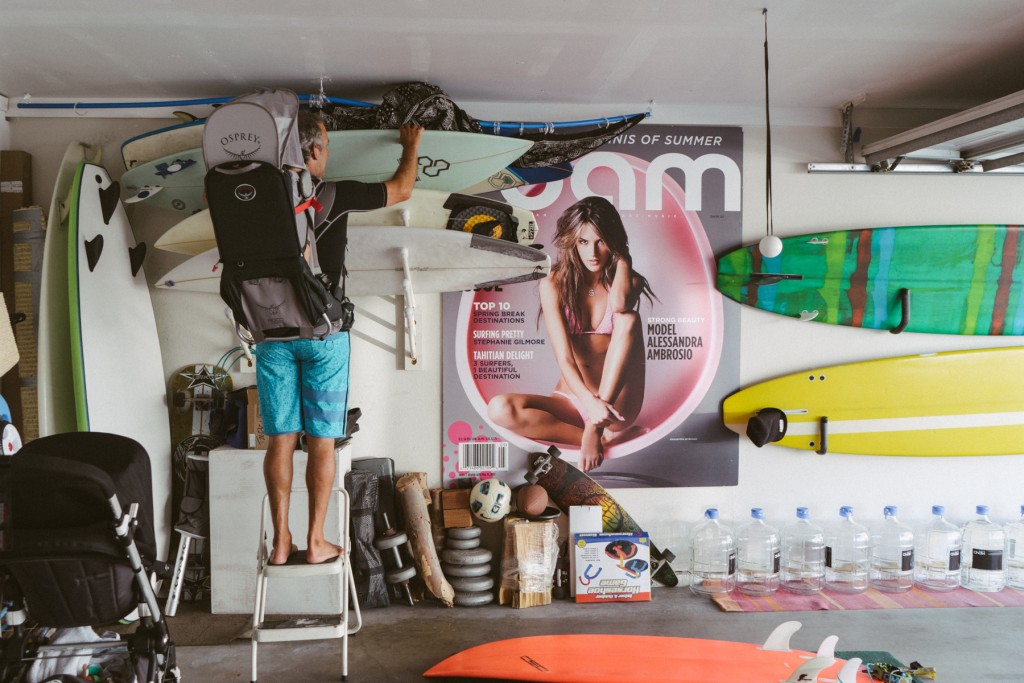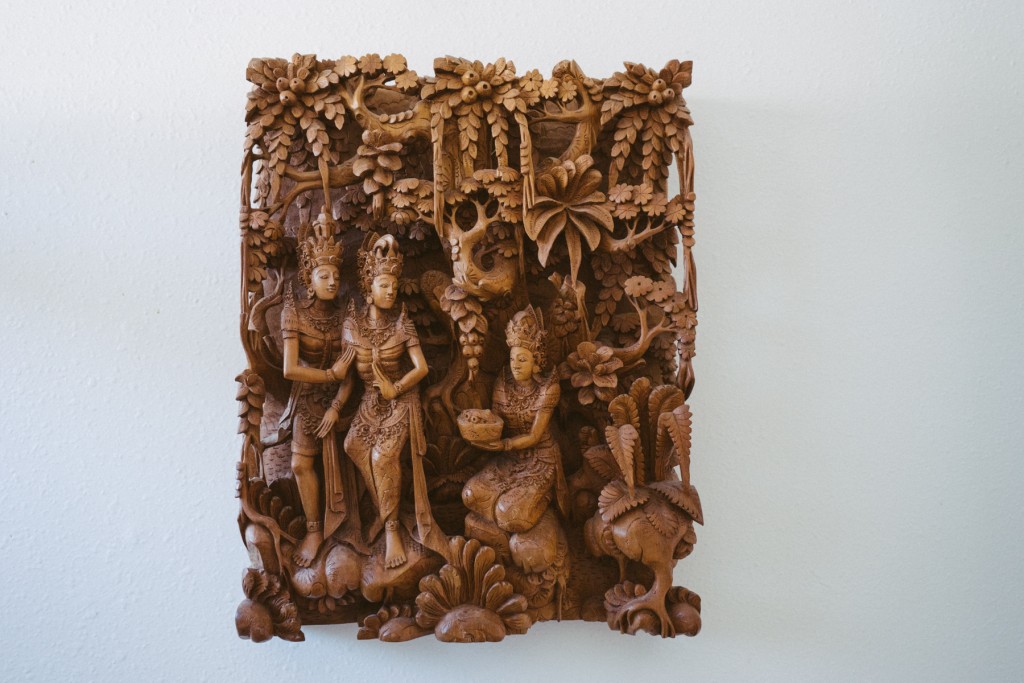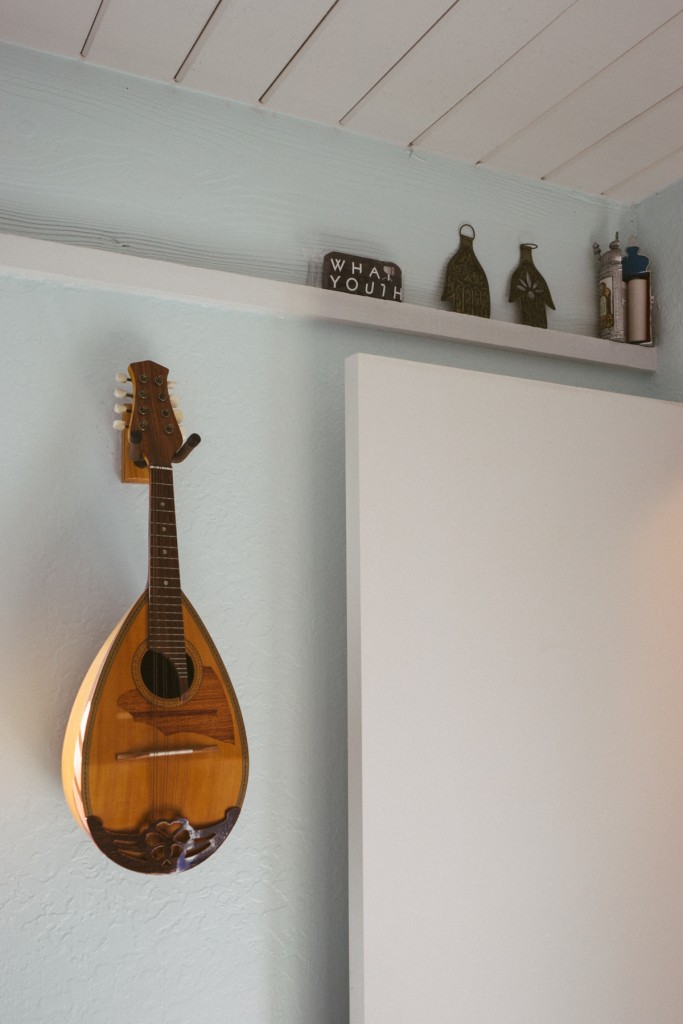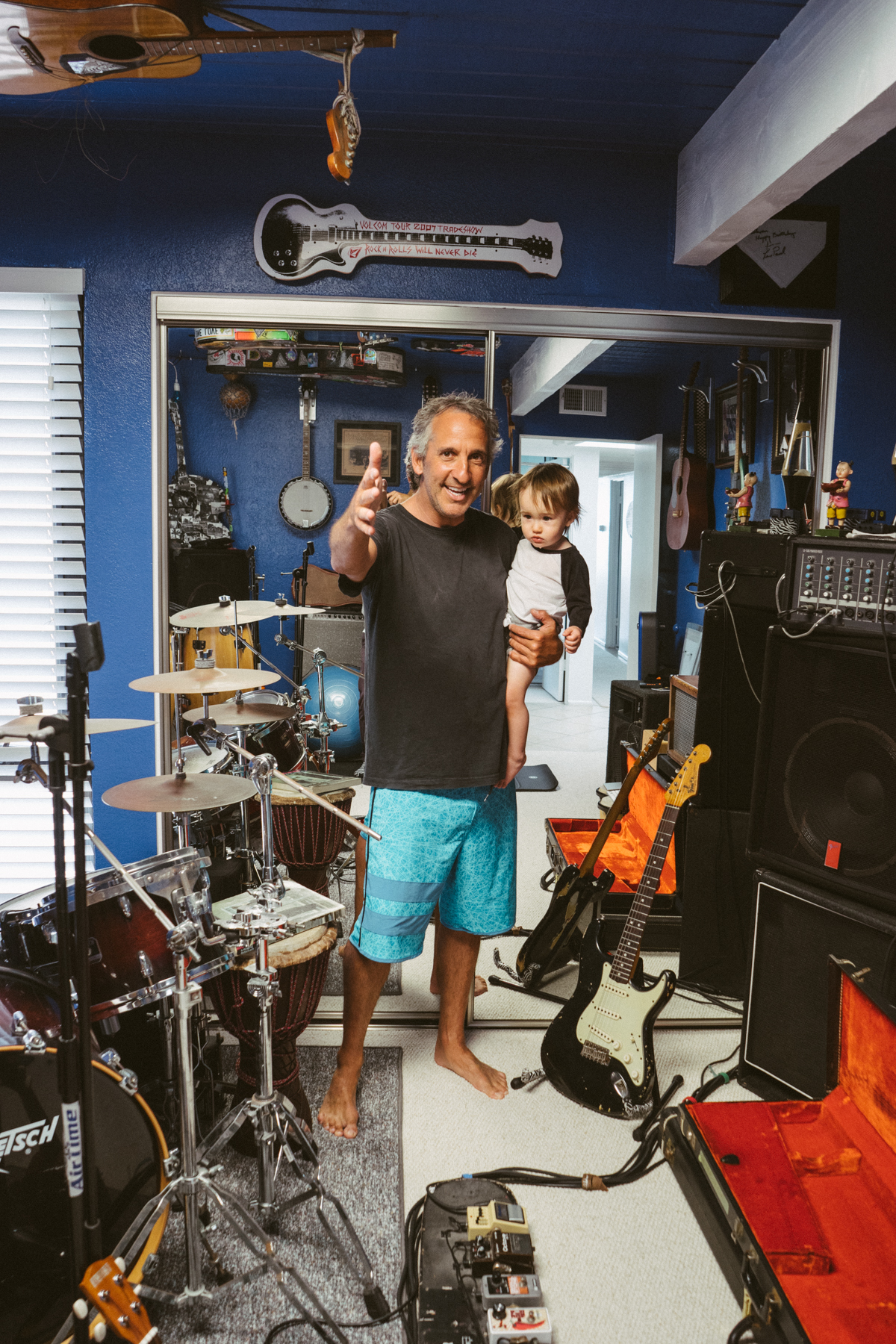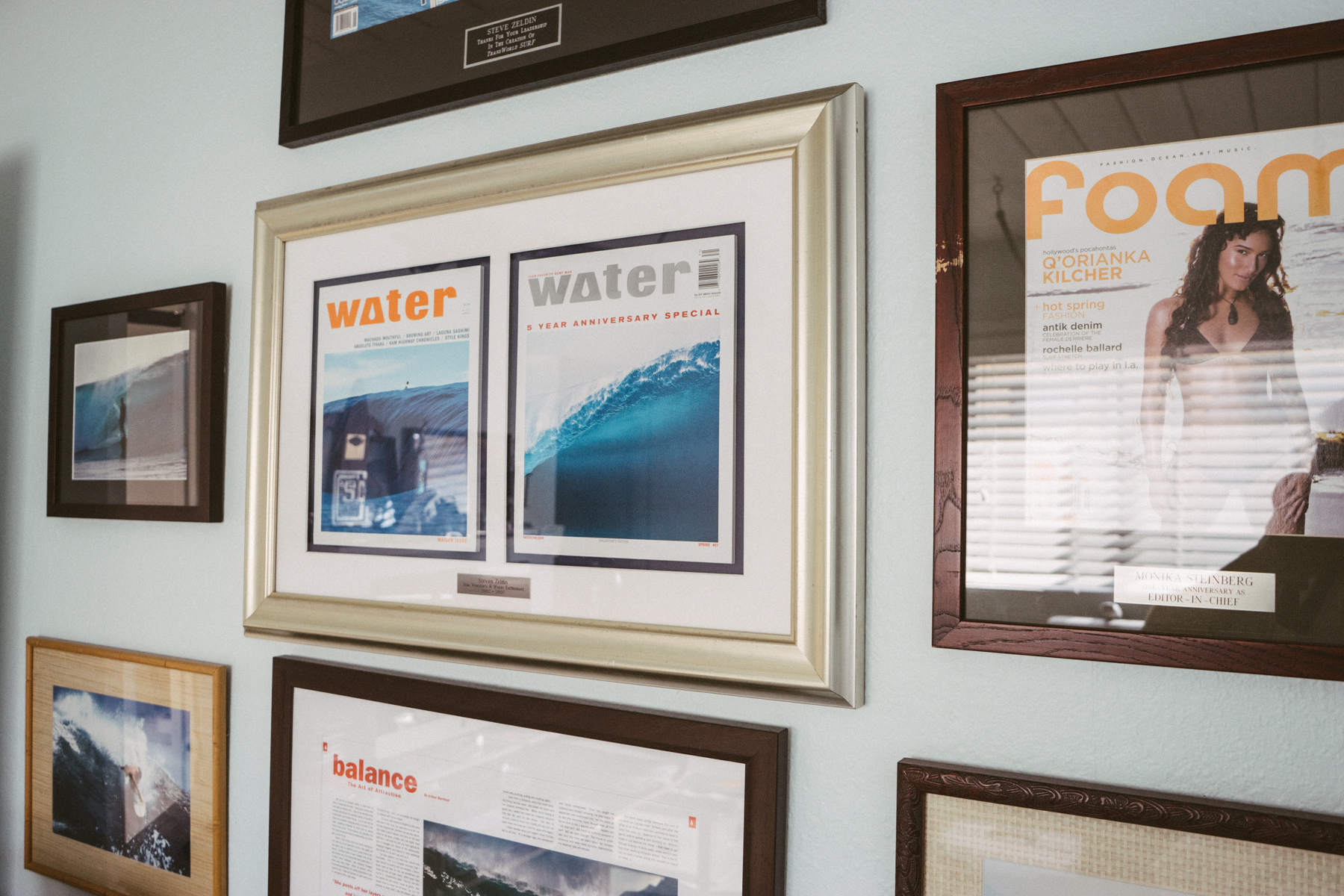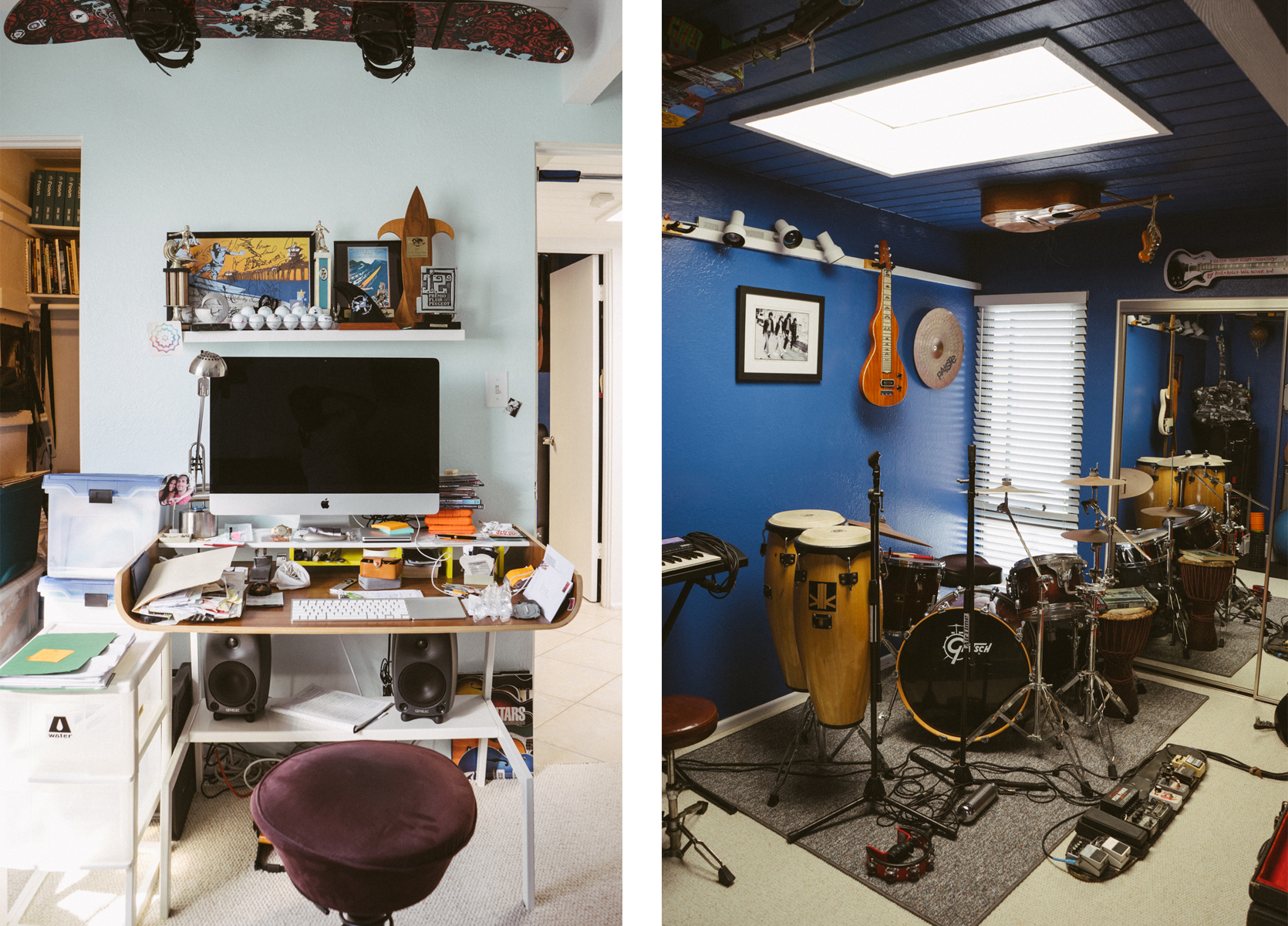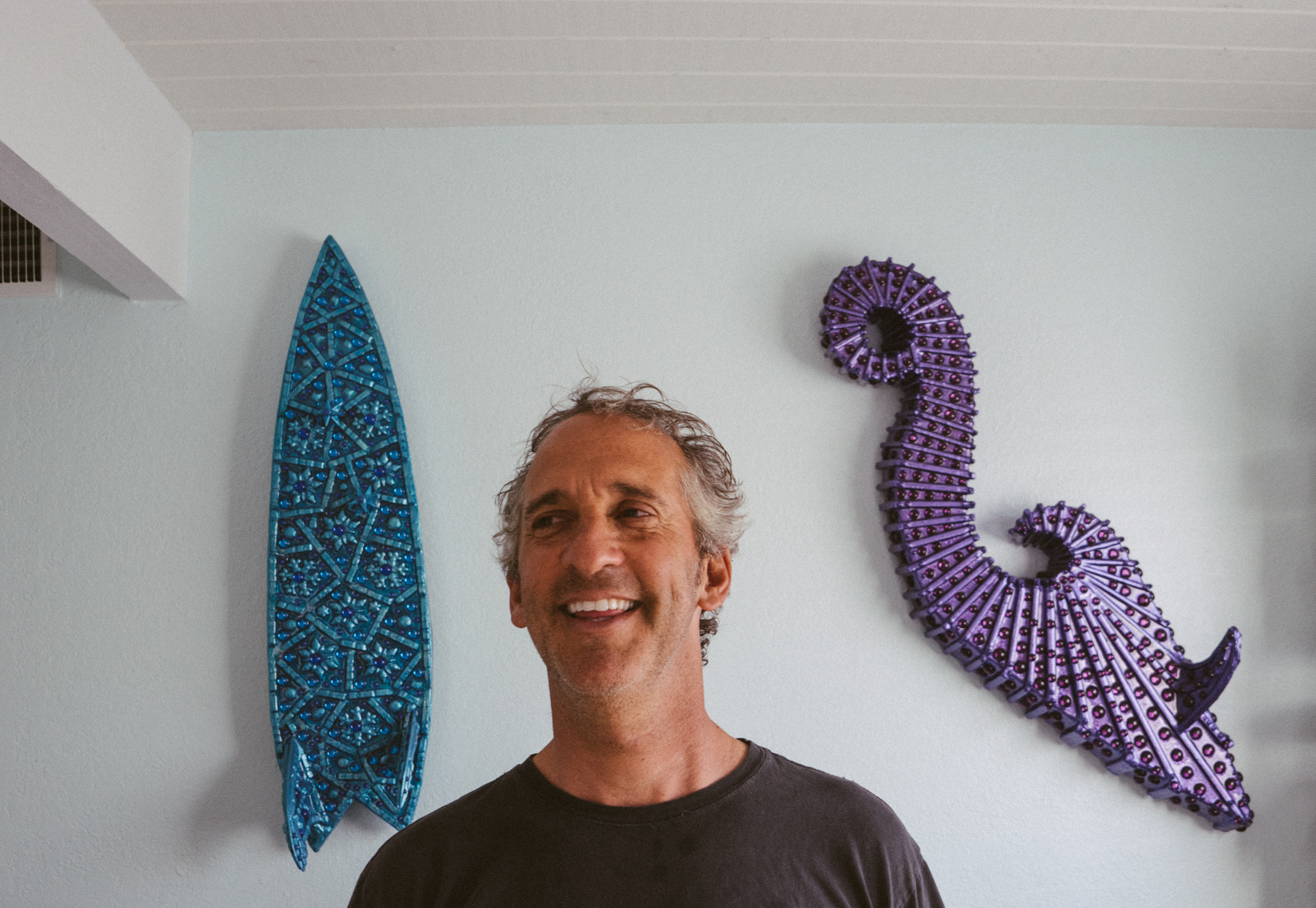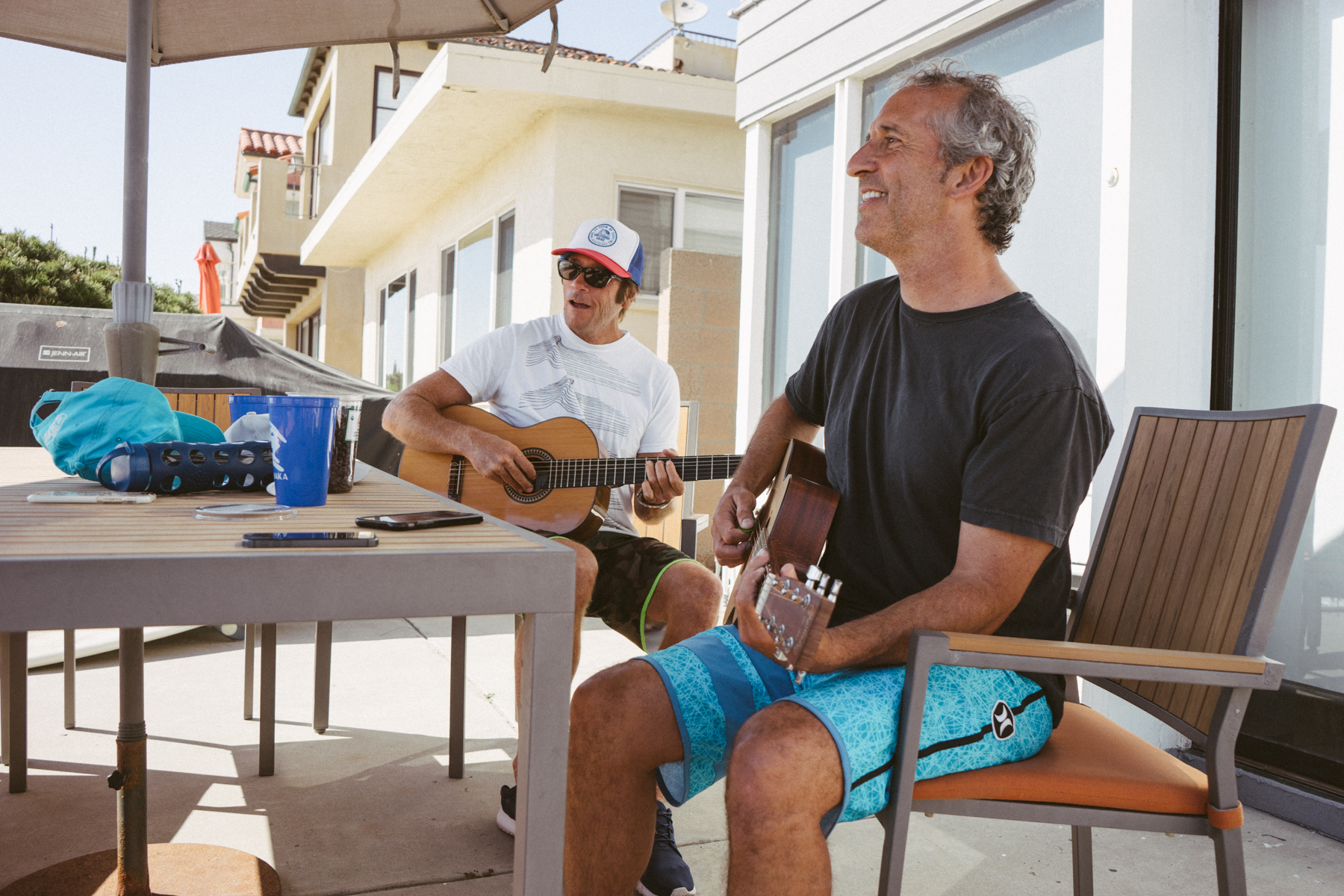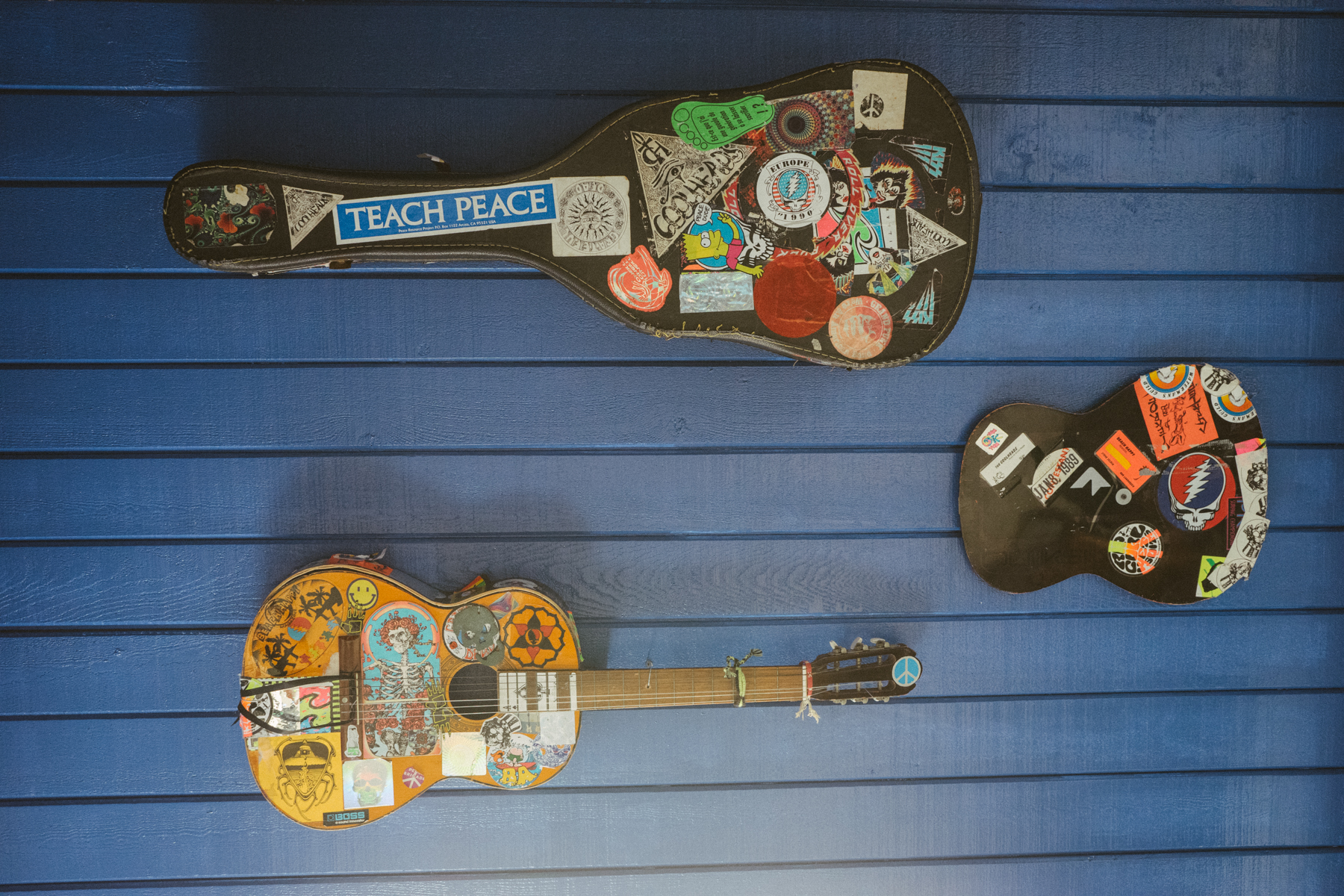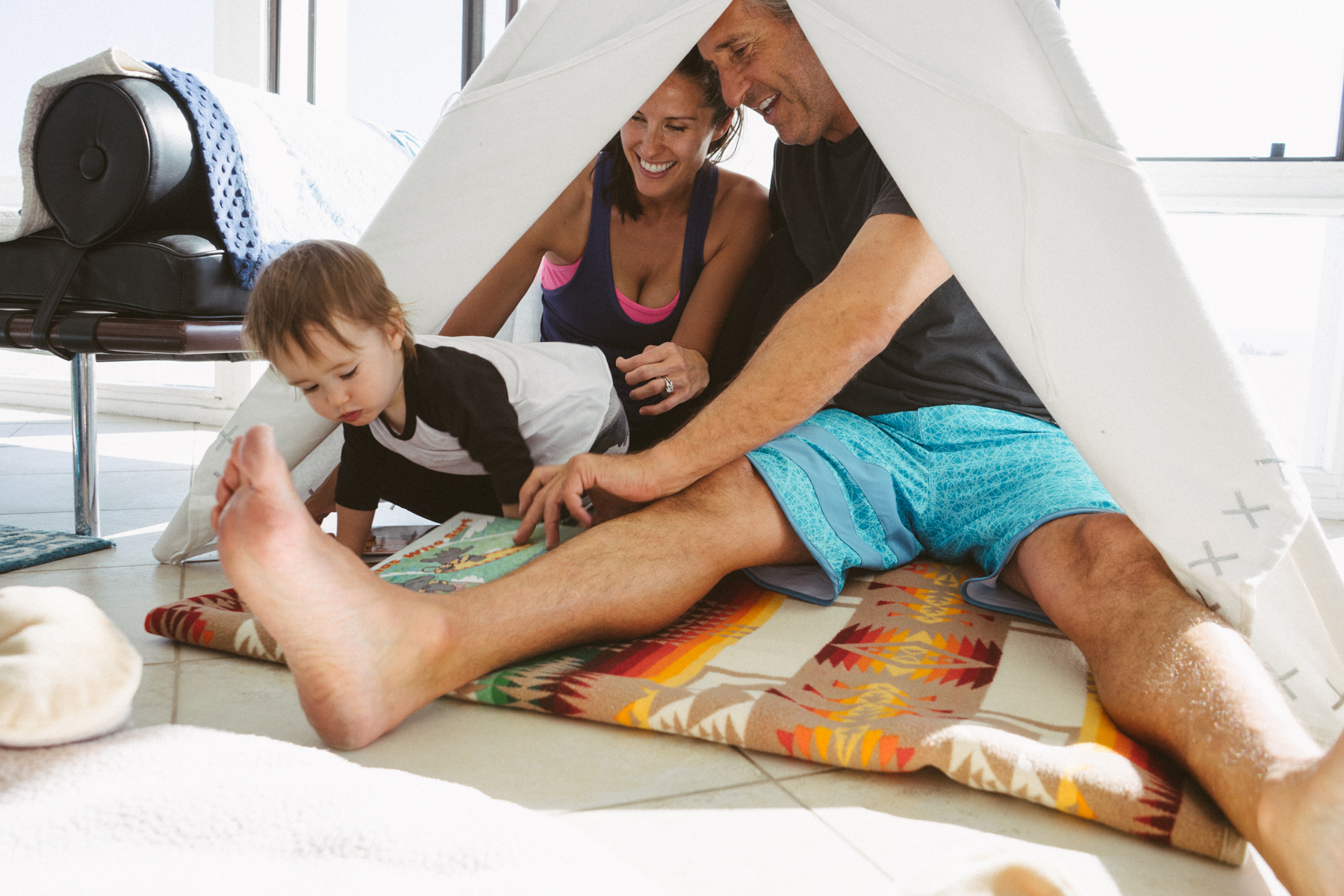Where are you from?
I had kind of a mongrel upbringing. I was born near Disneyland, my parents lived in Fullerton. They split up when I was pretty young and I ended up moving to Laguna Beach when I was in elementary school and I was living right on Cress Street by the beach and also at the top of Bluebird Canyon before that. So that was kinda cool to have some Laguna roots, then I ended up back inland in Fullerton with my dad. After high school, I lived in Orange, where I went to Chapman University, then a couple years later I moved to Downtown LA to go to USC. After I graduated, I bounced around from Newport, Huntington, San Diego, San Clemente, then ended up back in Newport where I’ve been for the last 20 years.
How did you get started with surf journalism in the first place?
I’ve always loved to read, I loved magazines and books. I also started to do a little writing for the high school yearbook and that led to college where I was taking creative writing classes and enjoying poetry. I was a business major, but I was doing so well in my English courses that I got coerced to move majors to English. I was taking classes at Chapman and would write for local campus magazines there. I wrote a surf column for them, then right after graduating with a degree in English, I met a guy named Ali Baba and he and I started this magazine right out of college called Beach Happy. It was the first zine for surf culture that I could remember in So Cal. I think we had seen a copy of Tracks out of Australia, that was inspiring to us. We grew up on Surfer & Surfing too, and anything from MAD magazine to Sports Illustrated. I used to read Guitar Player, Playboy, whatever, we were just trying to combine our love of crafting a story with going surfing.
So we whipped up this zine that lasted all summer until I got sucked back into the graduate program. I went back to USC to take a course in professional writing. While I was working on my masters degree out there I was still contributing to Beach Happy. When I got done with the program, Ali Baba and I went out to Europe to follow the Grateful Dead. In between the shows we’d go surf. We went to Sweden, Belgium, Spain – all over the place. We came back talking about the magazine and how I was going to fit in, but the same synergy didn’t exist. So I branched off and did another surf zine called International Surf Megazine – with an “e” for “mega” (I don’t know why, another play on words). It was funny because now me and my boy Ali Baba went from like best friends to now being in like competition with each other. So that was fun, I think it almost came to throwing blows at an ASR show. I think we actually came to wrestling in the aisles with piles of magazines in our arms. This guy was 6’5” I had no business getting into it with him, but I probably had a few beers in me, so what the fuck. But we ended up as friends in the long run, it wasn’t until I sold International Surf to Surfing about three years later though.
I built the thing up good with a bunch of brands that were just getting their start in the early 90s: Volcom, World Jungle, Counter Culture, Ezekiel, Black Flys, Arnette. I had all those brands’ advertising. That was a cool transition in my life. I remember asking Bob Hurley, who has always been a mentor to me, “What do you do in this situation?” He was like, “You got to do it, I know that’s your love, the magazine that you started, so just go with the progress.” I took over as the editor of the mag and I did that for a year or two, but I got the bug to not be at a desk all day. Nick Carroll was a real mentor to me too as far as surf Journalism goes. They bought me a laptop and a camera and just sent me on the road. We just had this epic crew. I traveled, that was the best thing I had going. I’d do specialty events, I was getting other freelance gigs. That was the best of both worlds. I had my board bag, a good novel, and a travel sized guitar, I was all over the place.
Sounds very Hunter S. Thompson.
Ah man, it was just ideal. So then I was back home in Newport surfing and I’d see Preston Murray out in the water, he was at Transworld selling all the surf brands into all their magazines: skateboarding and snowboarding, but they didn’t have a surf mag. So they wanted to start one. He saw me and said “Hey, I’ve been looking for you, these guys want to start a mag at Transworld and I told them you’re the guy, so want to come down?” and I was like, “Yea.” We went and got sushi and made a deal with Brian Sellstrom that night, I met with him and the other powers that be. I threw a price on them to do like six issues right out the gate and they didn’t even balk at it. Then I was like, “Argh, I should’ve asked for more!” They got me a little cubicle and I found this kid, Blair Marlin out in the water one day and next thing you know I hired him to help get this project rolling and he led me to Chris Cote, who later became the Editor-In-Chief. I knew Steve Sherman and I got him to be the photo editor, against what some said about him not being a surf photographer, but I was like, “Exactly, the guy’s an artist, he’s an idea man and he surfs as good as some of the guys on the tour.” So we had our posse real quick. We started making that magazine. I was supposed to be there for a year. We had the crew functioning, but they weren’t quite ready to govern themselves, so I decided to stay on for another year as editor-in-chief. We’d have our “sales meetings” down in Rosarito and just trash the hotels – not punk rock trash, but trash ourselves especially. Zero work talk, but that strengthened our bond. I think that’s important too: you can’t just go and hire these higher level guys outside surfing if they don’t jive with the core crew.
Preston and I were surfing one day and he came in for a cup of “tea” I’ll call it…
Mushroom Tea?
Ha! No, not that day. He was looking at Surfer’s Journal and he was like, “Man, we could do a magazine like this. We could do something like this, but for short boarding. Actually, we could even make it better than this.” He’s always been a real confident guy. We decided, “Ok here we go again.” And a new magazine was born. We started Water out of a house in Newport – two houses actually. Mine was the editorial house and his was the business hub. That lasted about 3-4 years.
Preston was the administration side handling all the ad sales. We didn’t need any financing for that magazine. By then we were known within the industry and had hook ups with most of the guys running the top brands and everybody just agreed to support this project based on the fact that there was going to be just enough room for the big brands, not too many ads, quality paper and a real keen sense of images that make you want to go surfing, with cutting edge editorial.
We came out with a really fun project, party pictures that would go right into a massive interview – 20-30 page interviews. I started writing this interview with Rob Machado even before Water. He was just getting ready to quit the tour while he was right up there ranked at the top. I was talking to the mags, trying to get them to run the article saying, “I’ve got this big piece on Rob” and they were saying, “Ok yeah, we can give you like 3-4 pages.” I was like, “This thing’s gonna be more like 40 pages” and they couldn’t even understand what I was saying. It was kinda funny, and that was in the first issue of Water; this piece on Rob and it ended up setting the tone for these long interviews that I ended up doing in the next 7-8 years of issues down the line. Those really became my banner pieces and I would end up hanging with each guy for a while to get his story.
I remember Kelly’s birthday one year. Me, him and Keith Malloy decided we would just go to Vegas for a few days to do this piece on Kelly and run tape on and off, just have fun. And that was great. We got to show the world a side of these surfers that they don’t normally see. It’s always hard to get to know the guy when the questions are all the same. Like, “What kind of board are you riding? Tell me about your relationship with your shaper?” They don’t even know what they’re riding half the time, which is funny. They just know if they rip or not on their boards, which has always been a joke within the shaping community.
Anyway, I ran Water with Preston for about 4 years and then came to this crossroads. I wanted to start what became FOAM (Fashion Ocean Arts Music). Preston had an opportunity to start The Skateboard Mag. Preston decided that one guy should buy the other guy out of our magazine, and it was a very amicable parting. So I bought him out and paid him off over time. We’re still great friends today – he was the one who pulled me in on the What Youth deal. So about 3 years after that, Surfline came in and I wasn’t really looking to sell Water – I was actually working with my girlfriend at the time (who is now my wife).
My friend Mark Moreno came in and said, “I hear you’re starting this girls surf magazine? Let me take you to dinner Steve and talk you into hiring me.” So we went for that idea and he told me to meet him at the restaurant. He showed up a little late and while I was walking around looking for him, I met Monica and we started talking and exchanged numbers. I ended up hiring her to run FOAM, which she did for three or four years and then we sold both those titles to Surfline. So that worked out great. Surfline asked me to stay on as their staff writer. They made their run at it, but a magazine is hard to run and the media landscape overall in the surf industry was just changing.
